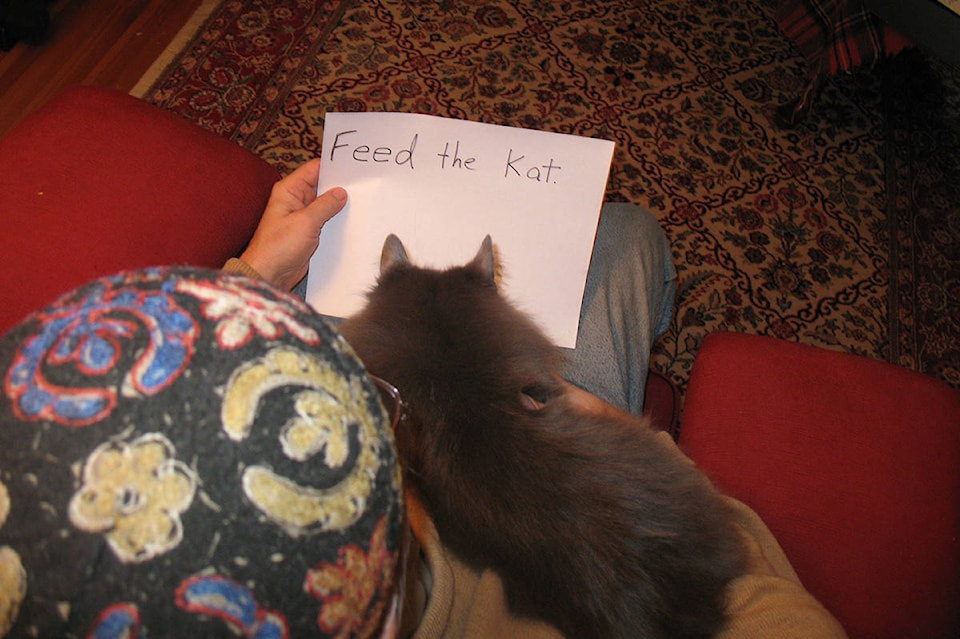By Mary Lowther
Seed catalogues come out soon and with them our thoughts turn to next year’s garden. My staff take time away from other pressing engagements to help me plan.
We sort our stored seeds and take inventory, writing down what we have on hand and how much so we don’t order duplicates. When we get new seed packets we circle the year the seeds were harvested on the packet and write the start and end dates for sowing the seed each season and the last year they’re expected to be viable.
When we put them back into storage, they go into the jar marked with the first date to sow these seeds. When the time comes for planting it’s a snap to open the jar and sow what’s inside. Then we move the packet to the jar marked with the next date that we want to re-sow the seeds for.
The time spent now in planning sets the tone for the whole next year. We check the rotation plans, tweaking them to accommodate changes we’ve made. Maybe there’s an unused spot in the yard that we can tuck a few vegetables into. One thing we’ve learned is that our garden plans are not set in stone and we are constantly re-arranging them.
For example, lettuce seeds often volunteer themselves all over the garden if we’ve inadvertently let one go to seed, so we might just let them grow where they are and plant around them. Another example is a tea plant that took root in the flower patch that surrounds the garden. We’re letting it take over that spot in hopes of taking cuttings to grow more plants and maybe make that a tea patch.
David bought me a lovely bound book last year called A Gardener’s Journal, a 10-year chronicle of the garden. I had heard it was going to be the best thing since sliced bread for planning so I ordered one and told David he got it for my Christmas present. It’s got interesting history tidbits in it and places to note what you’ve bought, but for garden planning it was disappointing because there’s not enough room to write notes and you can’t rip out pages where you’ve made mistakes. I’d never take it out to the garden,
My old method using a Duo-Tang binder for the ongoing to do list and garden planning map, plus a binder to keep each year’s done lists with sections for experiments and each vegetable work for me. I can’t just go into the garden without my notes, wing it and then try to remember what I did when I get back in. I have a good memory but the only thing is that it’s short. So I take my to do list in my Duo-Tang and a pen with me into the garden and get it all smudged up, crossed off and written on, bring it back in, try to make sense out of it and write more to do items in it for the next day.
My staff and I will cull last year’s information from the Duo-Tang and replace it with next year’s rotation map and blank pages for the year’s garden plan. We like to cut out West Coast Seeds’ sowing dates page and staple it inside the Duo-Tang for reference, extending the dates three weeks longer on both ends for each vegetable because I’ve learned that our growing season is longer than theirs.
However you record your information, we suggest you keep it for future reference as this can become an invaluable tool.
Note: The Cowichan Green Community is offering seeds for sale. Here is their website, scroll down to the bottom of the site to see the list: cowichangreencommunity.org/project/incubator-seed-farm
